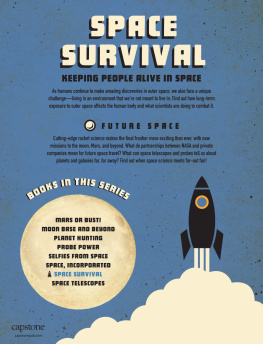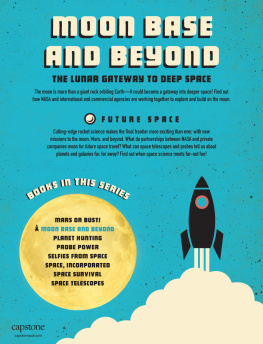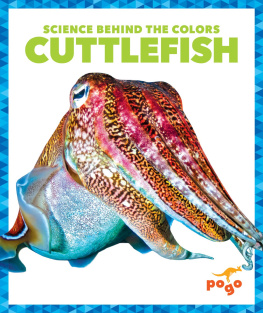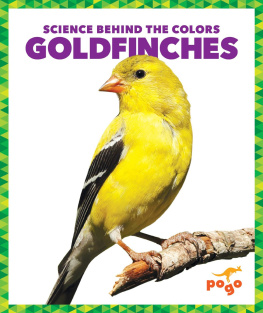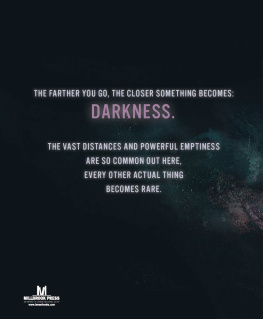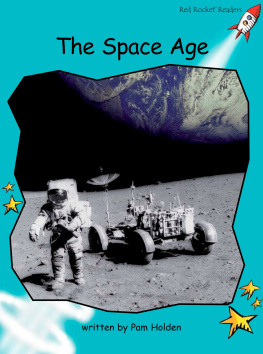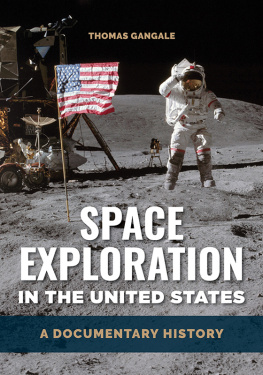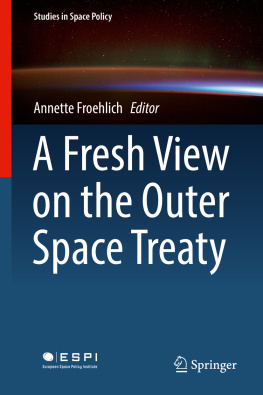Russian Padalka has spent 879 days in space. Thats more than any other human!
Before the first humans traveled into space, scientists before people ever went. They wanted to find out whether living creatures could survive. If so, they wanted to know what effects being in space would have on their bodies. Scientists learned a lot from these animals, but, sadly, many of them died during their missions.
Belka (left) and Strelka (right) were stray dogs before they became the first creatures to survive space flight.
SPACE FACT:
Dogs named Belka and Strelka were the first animals to orbit Earth and come back alive. The Soviet Union launched them in August 1960.
Today scientists at the National Aeronautics and Space Administrations (NASA) Human Research Program (HRP) look at the many challenges people face while in space. Without technologies such as special suits and cabin air systems, even breathing wouldnt be possible in space. From designing comfortable housing to preparing nutritious foods, experts work hard to make sure astronauts stay healthy.
SPACESUITS: IMPROVEMENTS OVER TIME
One measure that protects astronauts is spacesuit technology. of space. Without spacesuits, astronauts wouldnt live more than two minutes. Theres no air for humans to breathe there, so they couldnt get oxygen.
Spacesuits also allow people to survive the extreme temperatures in space. Without the protective atmosphere of Earth, temperatures can vary wildly. For example, temperatures on the moon range between minus 280 and 260 degrees Fahrenheit (minus 173 and 127 degrees Celsius).
Spacesuits contain a layer of a super-strong material called Kevlar. It protects astronauts from micrometeorites. These rock particles rain down in space and could rip through weaker material.
SPACE FACT:
It takes 45 minutes for an astronaut to put on a spacesuit. This includes time to put on special undergarments that keep astronauts cool.
Spacesuits have improved a lot over the years. Theyve become more protective and easier to move in due to high-tech, flexible materials. In March 1965, Russian cosmonaut Alexei Leonov went on the first space walk in a spacesuit. After just 10 minutes he had to come back inside, as the temperature inside his suit was dangerously high. Todays spacesuits allow astronauts to be outside the spacecraft for more than eight hours. Scientists are working on a spacesuit that could keep an astronaut alive for six days for future missions.
Astronaut Peggy Whitson prepares for a space walk from the International Space Station (ISS) in May 2017.
CHAPTER TWO
THREATS TO HUMAN HEALTH IN SPACE
The human body is suited to life on Earth. There are many threats to human health in space. One of the biggest dangers for astronauts is space help protect people.
Radiation is much more damaging in deep space than it is beneath the protection of Earths atmosphere. It can increase the risk of cancer. It can also damage the central nervous system. This damage might cause changes in behavior. For example, people might feel more anxious or have memory problems. Space radiation could also affect a persons ability to think and reason normally.
Earths magnetic field deflects solar radiation.
SPACE FACT:
The ISS faces 10 times more radiation than Earth. But because it lies inside Earths magnetic field, astronauts are protected from the radiation of deep space.
Space radiation can cause other problems too. They range from feeling tired and queasy to having heart disease or vision problems. Researchers are trying to find strong yet lightweight materials that could shield astronauts from the negative effects of space radiation. This will be especially important as astronauts go farther into space. There they will be exposed to space radiation for much longer periods of time.
SPACE FACT:
Mars has 38 percent of the gravity of Earth, while the moon has 17 percent. This could mean astronauts have an easier time keeping their balance on Mars than on the moon.
GRAVITY
People on Earth stay on the ground because of an invisible force called gravity. This force pulls you toward the center of the Earth.
But gravity isnt the same in space. It gets weaker with distance. The gravity on the moon is about 17 percent of the gravity on Earth. Different gravity fields affect peoples balance and their hand-eye coordination. When the level of gravity is a lot lower than it is on Earth, it is hard for people to tell which direction is up.
Japanese astronaut Koichi Wakata floats freely in the ISS.
Gravity also affects a persons heart, bones, and muscles. Without gravity at work, a persons bones get weaker. An astronauts bone density decreases by 1 percent each month without gravity. The ISS crew members exercise every day to help prevent bone loss and keep them fit for their return to Earth.
On a trip to on the spacecraft, and about one-third of Earths gravity on Mars.
CHAPTER THREE
MENTAL TOUGHNESS IN SPACE
A long car ride with your family can feel crammed. Now imagine living in a small spacecraft with a handful of people for months at a time. You cant open the windows to get fresh air. Without new companions or the ability to get outside, you might feel sad. You might struggle not to fight with your crewmates.
One big challenge of space travel is ISS crew members often video chat with family and friends on Earth. This helps them feel more connected despite their distance from home.

